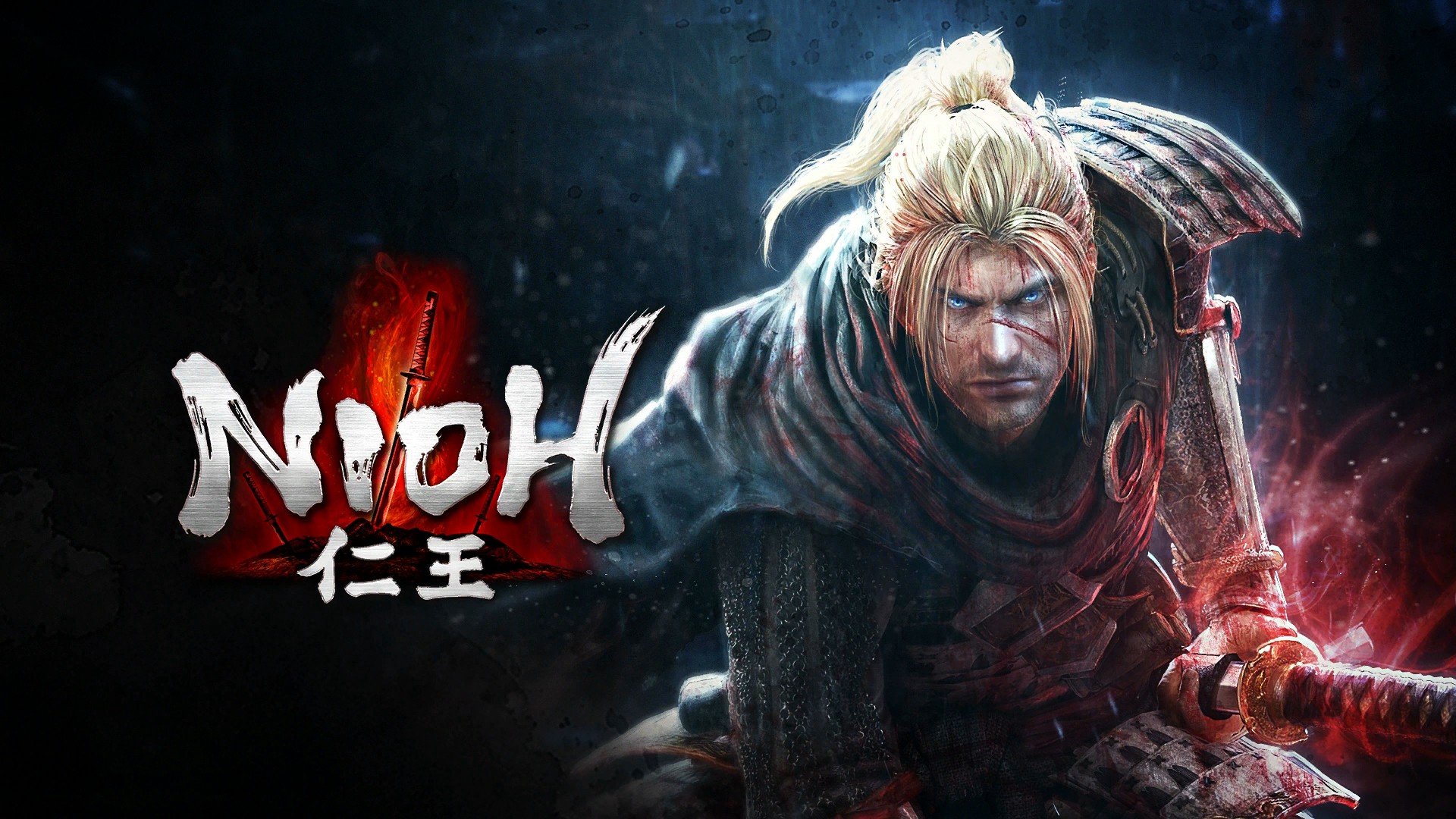Review: ‘Nioh’

Gabe Young ’20 / Emertainment Monthly Staff Writer
When the original Dark Souls was released, it was met with mixed feelings. Some critics loved it, others hated it but through the years the game found a special place in the hearts of many, and through subsequent releases the Souls format was proven financially viable. People wanted punishing games, games that were fair but difficult; in short, they wanted challenges. Other games have tried and failed to recreate the format with their own sort of twist. Prior to the release of Nioh, many people expected it to be just the same kind of derivative, unimaginative experience as other Souls-like games, but Nioh is its own beast entirely, for better and for worse.

At the heart of Nioh lies a very different philosophy than that which lies at the heart of the Souls games. Rather than having fun through adversity, Nioh just wants you to have fun. This change is reflected everywhere, in the way that enemies limbs go flying after death to the sparkling animations caused by combat, or the jolly little spirits that proliferate the world to the spirit animals that travel with you throughout your journey. Rather than one cohesive experience that set out to grind the player into the game world, Nioh focuses much more on provided moment to moment fun. There is no world traversal, just missions accessed from a world map. Each main level offers several separate challenge missions and level remixes upon completion as well as a higher difficulty mode for those who really seek a challenge. While the game is generally more fun to play, it always loses something in that lack of cohesion.
The combat system leaves the player with no shield, making it imperative to rely on quick steps to dodge incoming hits. The player needs to manage their stamina like always, but the first distinct change comes in the Ki Pulse system which allows the player to quickly regain a block of stamina after a timed button press. It’s fluid, slick, and fun to play, making the combat immediately engaging. The player is also narrowed down to focus on a total of five weapon types as well as three ranged weapon types, all of which drop as loot like candy. As the player levels up, they unlock skill points to be spent on weapon skills, passive buffs, new combos, and so on.

Through the different upgrade systems, weapon types, combat styles, magic systems, armor types, passive buffs, and arcade-y side missions, Nioh holds itself together rather well. But while the combat is insanely fun and all the specific systems do technically work, Nioh is still far from a perfect game. The levels are designed well enough, but the boss encounters are lackluster and frustrating.
Perhaps the biggest downside the game has is the story. Incomprehensible by design, the story is told through various cutscenes and text boxes before missions; however, what little you get is so disconnected and seemingly so random, it feels like several cutscenes worth of information are just missing from the game. The player takes control of William Adams, a historical figure famous for being the first Westerner to gain the rank of samurai in Japanese society, but the game seems to expect you already have knowledge of everything happening during this specific period of Japanese history. It relies heavily on references to historical events and figures rather than actually explaining them.

So, Nioh isn’t the kind of experience you should look into if you want a Shakespearian plot. It’s the kind of experience you want if you’re looking for crushing gameplay with brutal combat all wrapped up into an insanely fun package. If you can push yourself to break through the hard, punishing exterior that Nioh fronts and move into the game itself, then you’re bound to have a good time
This looks so awesome!